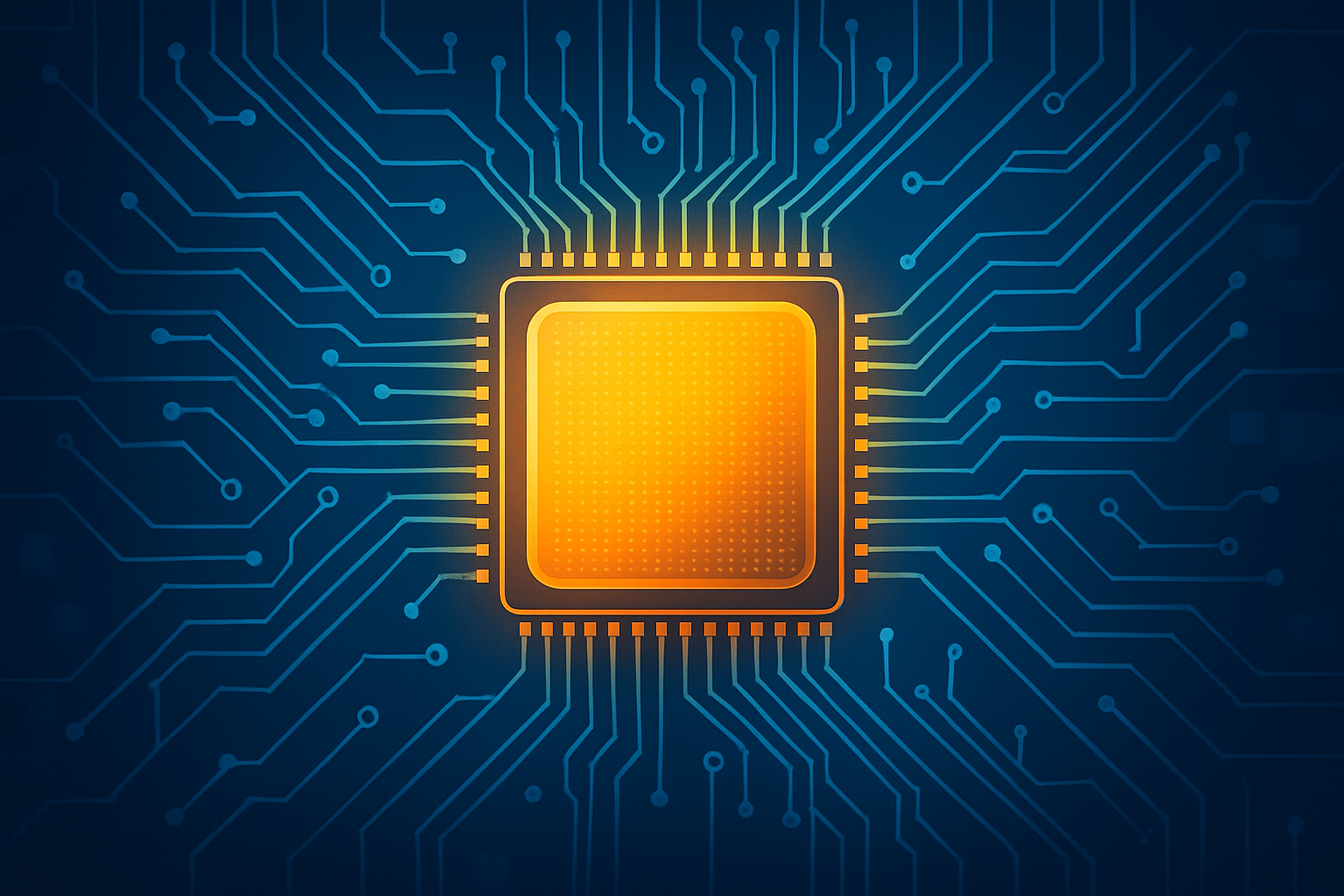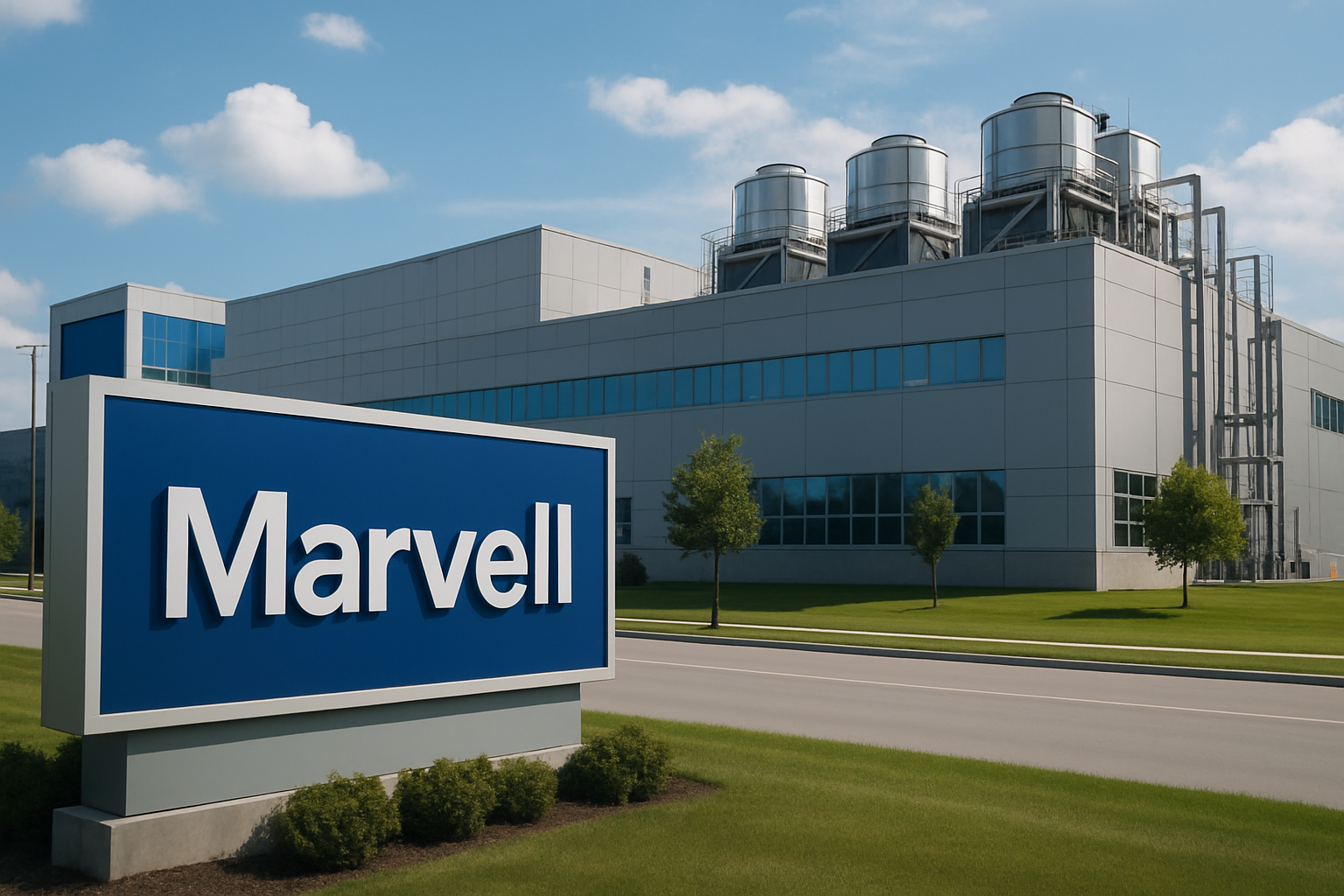NVIDIA has once again raised the bar in the semiconductor industry with the launch of its next-generation AI processor, “Hercules.” The company claims the chip delivers 4x efficiency gains over its predecessor and boasts revolutionary architecture designed for large-scale AI workloads. Early adoption agreements with tech giants Amazon and Microsoft have already been secured, sending NVIDIA shares surging 7% in after-hours trading on Thursday, according to Bloomberg.
The launch underscores NVIDIA’s unrelenting dominance in the AI chip market, even as competitors like AMD and Intel scramble to gain traction.
A New Benchmark in AI Processing
The Hercules processor, unveiled during NVIDIA’s annual GTC conference, features a proprietary design optimized for generative AI, machine learning, and real-time data analytics. NVIDIA CEO Jensen Huang described Hercules as “the world’s most advanced AI processor to date,” citing benchmarks that show up to 50% lower power consumption and a fourfold increase in model training speed compared to the H100 chip.
Industry analysts agree the announcement cements NVIDIA’s leadership in a market that is experiencing explosive growth. According to McKinsey & Co., the AI semiconductor market is projected to grow at a 37% CAGR, reaching $400 billion by 2030.
“The Hercules chip positions NVIDIA at the center of the AI revolution, enabling hyperscalers to meet insatiable demand for AI compute power,” said UBS semiconductor analyst Rajiv Menon. “The early partnerships with Amazon Web Services and Microsoft Azure ensure immediate scale and visibility.”
Why This Matters for Investors
NVIDIA’s news comes at a critical juncture for the semiconductor industry. Global demand for AI chips is surging amid the proliferation of generative AI models like OpenAI’s GPT, Meta’s LLaMA, and enterprise AI deployments across industries.
Key market implications include:
- Supply Chain Tailwinds: Upstream suppliers of advanced packaging materials, photolithography equipment, and rare earth metals stand to benefit.
- Competitive Pressure: Rivals such as AMD’s MI300 series and Intel’s Gaudi 3 chips face renewed pressure to innovate or risk losing market share.
- Ecosystem Expansion: NVIDIA’s CUDA software stack remains a formidable moat, locking in developers and enterprise clients to its hardware ecosystem.
NVIDIA’s forward P/E ratio now exceeds 45x, raising questions about valuation sustainability. Yet, with gross margins projected to expand further, bulls argue the premium is justified.
Future Trends to Watch
Geopolitical Risks in Chip Production
A significant portion of NVIDIA’s chips are fabricated by TSMC in Taiwan, leaving the company exposed to geopolitical tensions between the U.S. and China. The Biden administration’s recent export controls on advanced chips could also impact future revenue streams.
Supply Constraints
Global shortages of high-bandwidth memory (HBM) and advanced packaging capabilities may limit Hercules production volumes in the near term, potentially creating a bottleneck for hyperscale adoption.
Competitor Responses
AMD and Intel are expected to accelerate their own AI chip roadmaps. Investors should watch for upcoming announcements that could alter the competitive landscape.
Key Investment Insight
NVIDIA’s Hercules chip reinforces its dominant position in the AI arms race and suggests continued revenue growth well into the next decade. However, investors should balance enthusiasm with caution given high valuations and geopolitical supply chain risks.
For diversified exposure, consider semiconductor ETFs like SOXX or key suppliers such as ASML, Applied Materials (AMAT), and Lam Research (LRCX) that stand to benefit from industry-wide growth.
“AI demand remains insatiable, and NVIDIA is uniquely positioned to capitalize,” says Citi analyst Laura Chen. “But supply chain resilience and geopolitical hedging will be critical to sustaining this lead.”
Stay ahead of the curve with MoneyNews.Today, your go-to source for daily insights on market-moving developments in technology and beyond.





